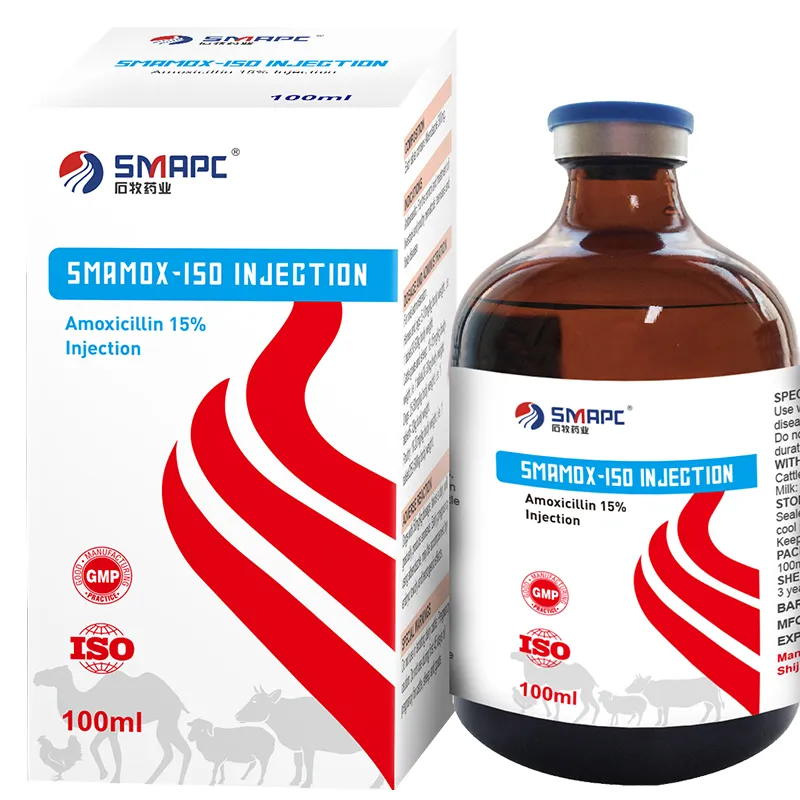Preventing ulcers is an ongoing process. Monitoring your horse's stress levels, adjusting feeding routines, and considering the use of ulcer prevention supplements can all be beneficial. Regular veterinary check-ups are essential for maintaining your horse's overall health and detecting any issues early.





